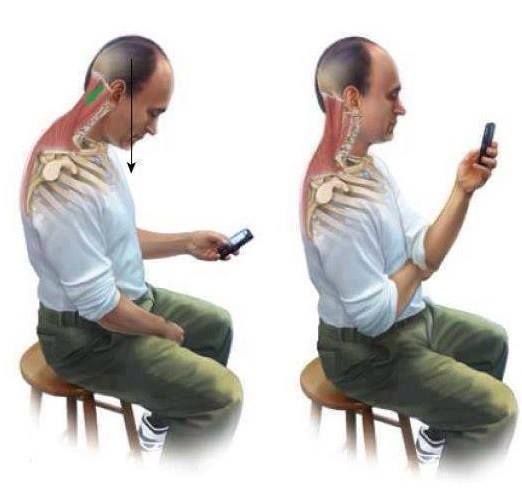
Is there an ‘ideal’ or ‘perfect’ POSTURE? Whether sitting or standing or adopting any position to perform an activity or simply sit and relax watching TV can cause us to ask the question – “Is it my posture that’s causing my discomfort or pain?”
For decades we have held as an undeniable truth that we should ‘sit straight’ and that we shouldn’t slouch. However, there is no research to support these beliefs.
Fact number 1.
What we do know is that there is no single ‘correct’ or ‘perfect’ posture. There is no evidence to support that a so-called ‘good’ or ‘correct’ posture will reduce the risk of pain.
Fact number 2.
Variations in shape, alignment and resulting posture are completely normal. There is a lot of natural variation in skeletal and body shape, size, alignment and resting position between us as humans and none have been proven to be associated with pain.
Fact number 3.
Posture is very changeable within a person. It can vary significantly and change with mood or emotion as well as what we believe we will project to people around us. We sometimes use certain postures as a protective or on the other hand intimidatory strategy.
Fact number 4.
Your ‘best posture’ is your most comfortable posture. Comfortable postures vary between individuals and we should learn what suits us at any given time. One key point to appreciate is that any given posture or position can eventually become uncomfortable and that varying or spending time out of a sustained posture will be beneficial. For example, if you need to sit and use a computer for many hours of a working day, be prepared to take a break from sitting every 50-60 minutes to allow your body to ‘rest and recover’. Muscles and weight bearing areas recover with posture variation.
Fact number 5.
Our spines are adaptable and robust structures. Our anatomy is structurally resilient and capable of moving into a great variety of positions and bearing load. We can utilize this structural adaptability and gradually TRAIN our bodies to perform better for longer. The operative words being ‘GRADUALLY TRAIN’.
Fact number 6.
Sitting is not dangerous. Managing sitting time and creating regular opportunities, say hourly, to change load bearing and muscle work is recommended. Using furniture and equipment that is sound and fitted is also recommended.
Fact number 7.
There is no one rule for all. Because we are all shaped and aligned differently, we will find a slightly different position that is comfortable and sustainable, remembering that frequent variation through periods of sitting or standing is beneficial and adds to overall comfort. Assessments of posture and movement do not prevent injury or reduce musculoskeletal pain. Advice to adopt a specific posture to lift is not supported by the evidence base. This fact confounds many of us and will explained in a future blog.
Reference
Slater D. et al (2019) JOSPT.
